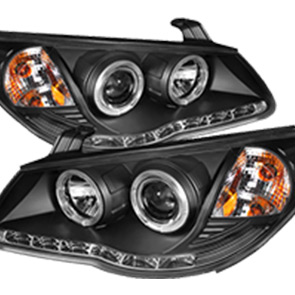cable throttle pedal
Understanding the Cable Throttle Pedal A Key Component in Automotive Performance
The cable throttle pedal has become an essential element in the mechanics of modern vehicles, bridging the gap between driver inputs and engine responses. As cars have evolved from mechanical systems to advanced computer-driven technologies, the basic principles governing the throttle system remain significant. The cable throttle pedal operates by connecting the driver's foot to the engine, allowing for smooth control over acceleration.
At its core, the cable throttle system consists of a simple yet effective mechanism. When the driver presses down on the throttle pedal, it pulls a cable connected to the throttle valve on the engine. This action opens the valve, allowing air (and subsequently fuel) to enter the engine’s intake manifold. The more the pedal is pressed, the wider the valve opens, which leads to an increase in engine power and speed. This system creates a direct mechanical link that provides immediate feedback to the driver, a feature some enthusiasts prefer over electronic throttle control.
One of the advantages of a cable throttle pedal is its simplicity. This design typically involves fewer components compared to electronic throttle systems, which rely on sensors, motors, and control modules. The mechanical connection decreases potential points of failure, making it easier and more cost-effective to repair. Many drivers also appreciate the direct feel and responsiveness of a cable system, which can enhance the driving experience, particularly in performance-oriented vehicles.
cable throttle pedal

However, cable throttle systems are not without their drawbacks. As automotive technologies advance, electronic throttle control (ETC) has gained popularity due to its ability to integrate with various vehicle systems. ETC allows for more precise control over engine functions, incorporating safety features such as traction control and stability management. Unlike cable systems, electronic systems can adjust throttle response based on various parameters, providing better fuel efficiency and reduced emissions.
Despite the shift towards electronic systems, cable throttle pedals continue to be used in various vehicles, particularly in vehicles designed for performance or nostalgic classic cars. In these applications, the tactile engagement and innate simplicity of the cable system are cherished by many drivers who value the connection they feel with their vehicle.
The discussion around cable throttle pedals also extends to maintenance. Regular inspections are critical to ensure the cable does not fray or bind, as such issues could lead to throttle malfunctions. Drivers should be attentive to changes in throttle response, as increased resistance or unusual behavior could indicate that the cable needs adjustment or replacement. Proper care can prolong the system's lifespan and maintain optimal performance.
In conclusion, the cable throttle pedal remains a significant component in the automotive landscape, offering a blend of simplicity and direct response that many drivers appreciate. As automotive technology continues to advance, it’s essential to recognize the value of traditional systems while embracing modern innovations. Understanding the nuances of the cable throttle pedal not only enhances the driving experience but also fosters an appreciation for the engineering that drives our vehicles. Whether it’s found in a muscle car or a daily driver, the cable throttle pedal symbolizes a vital link between man and machine, maintaining its relevance in an ever-evolving industry.
-
Workings of Clutch Pipe and Hose SystemsNewsJun.04,2025
-
The Inner Workings of Hand Brake Cable SystemsNewsJun.04,2025
-
The Secrets of Throttle and Accelerator CablesNewsJun.04,2025
-
The Hidden Lifeline of Your Transmission Gear Shift CablesNewsJun.04,2025
-
Demystifying Gear Cables and Shift LinkagesNewsJun.04,2025
-
Decoding Clutch Line Systems A Comprehensive GuideNewsJun.04,2025
